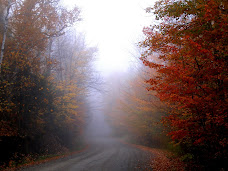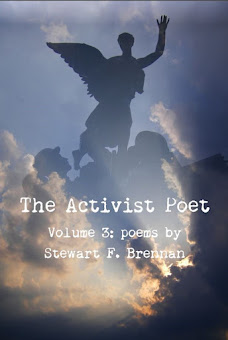
Vast quantities of crude remain hidden below
the waves of the Gulf of Mexico, posing a danger
to fish and other marine life.
Source: Press TV
http://www.presstv.ir/detail.aspx?id=137878§ionid=3510203
As BP's "static kill" procedure finally plugs its ruptured Gulf of Mexico oil well, experts have warned that it could take decades for any signs of recovery.
BP finished the heavy pumping of cement into the ruptured well, temporarily halting the leak, but a "bottom kill" procedure is to follow next month in order to kill the spill permanently.
Although this signals an end to the worst oil spill in history, BP's chief operating officer, Doug Suttles, says, "we are far from finished," AFP reported on Sunday.
Though the massive slick has mostly dissolved or dispersed, vast quantities of crude remain hidden below the waves, posing a danger to fish and other marine life, which once supported a multibillion-dollar commercial and recreational fishing industry, the report said.
Hundreds of miles of Louisiana's fragile coastal wetlands remain covered in blankets of oil and each new tide blankets the once-golden coasts of Florida in tar balls.
Although experts claim the oil appears to be biodegrading rapidly, Jim Cowan, a professor in Louisiana State University's department of oceanography and coastal sciences says, "this whole notion that that stuff is weathering away is really questionable."
"What dispersed oil does is eventually dissolve into sea water and the ultimate fate of that is ultimately undetermined," AFP quoted Cowan as saying.
BP-leased Deepwater Horizon rig exploded in April, killing 11 workers. It took the oil giant 106 days to seal the ruptured well.
Some 4.9 million barrels of oil have leaked into the Gulf of Mexico since then, with only 800,000 barrels captured, leaving BP with a tarnished reputation and a loss of billions of dollars.

















a.jpg)

a.jpg)








No comments:
Post a Comment
Thanks for commenting on this post. Please consider sharing it on Facebook or Twitter for a wider discussion.